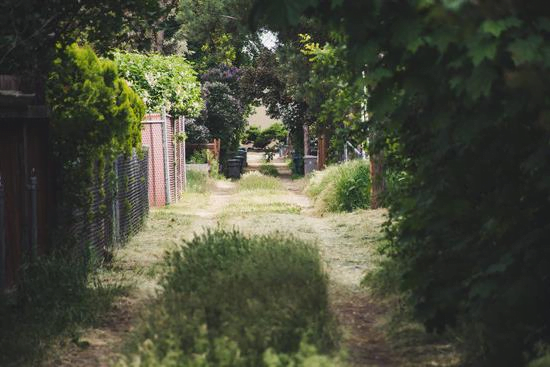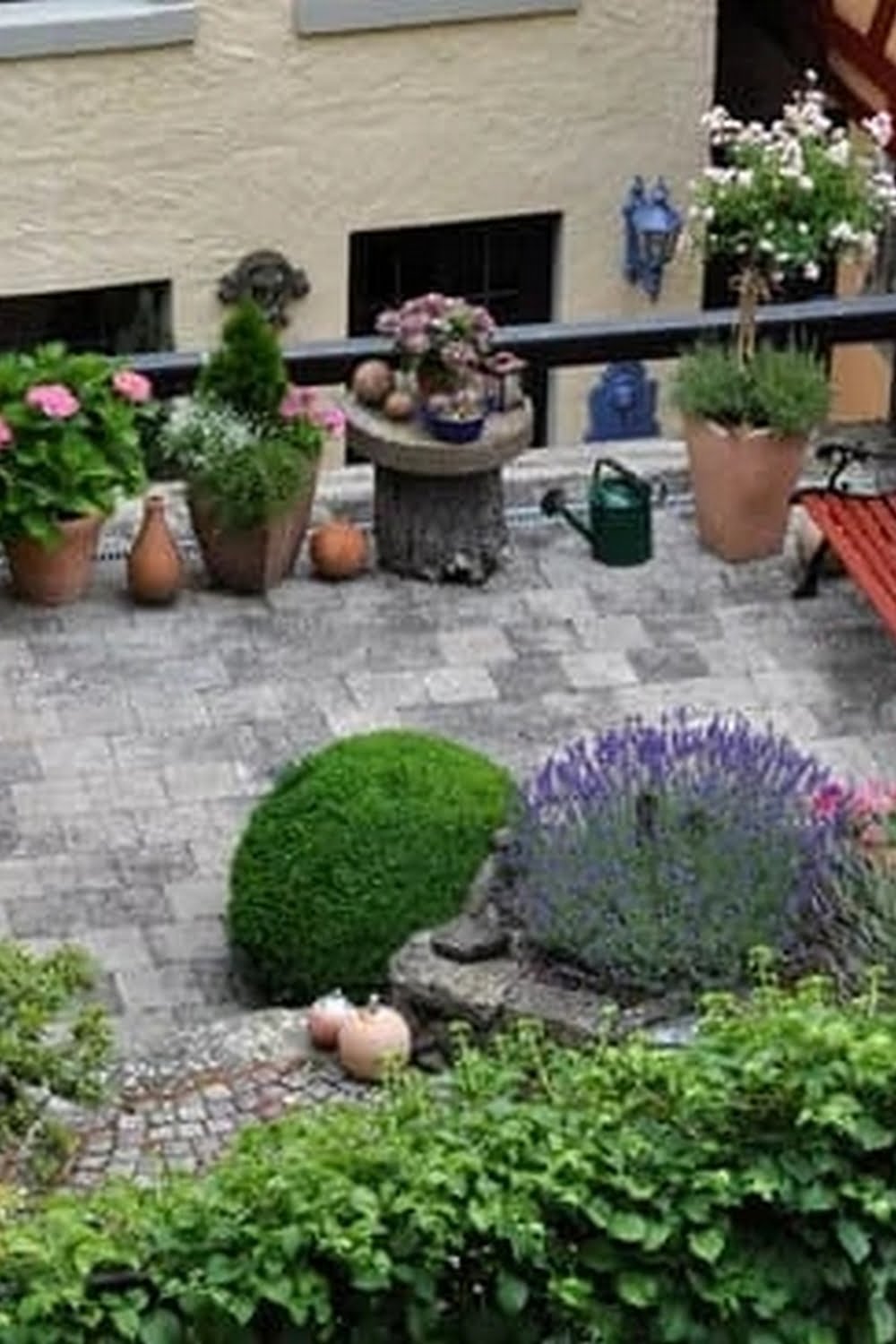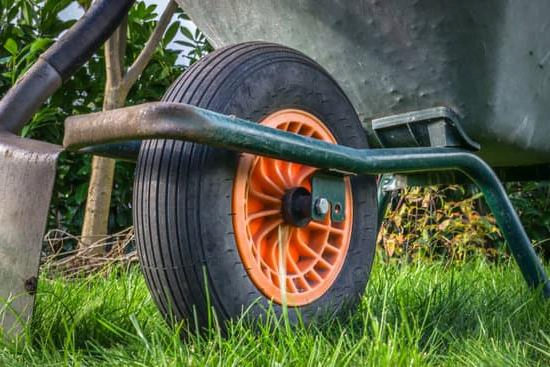Starting a garden is a great hobby or pastime for people of all ages. It is a great way to spend time outside. Many people also take gardening very seriously. Gardening for a lot of people means that they have spent a lot of money, sometimes several thousand dollars, on gardening equipment and supplies. While this is a nice pastime, there are times when starting a garden may seem out of reach. Luckily, here are six tips for starting a garden without breaking the bank

For the Budget Conscious: Seeds, Tomatoes, Pots, Roses, and More Are Cheap When it comes to starting a garden, remember that cheap is not necessarily bad. In fact, often cheaper seeds and root plants are a great way to get started with your garden. Cheap seedlings such as onions, peppers, cabbages, and peas make great starter plants. Cheap seedlings also save you a lot of money because you won’t have to buy seeds, fertilizer, or any other things needed to get your seeds started.
Start Out Sunlight Rich: One of the best things about gardening is the fact that you don’t need a lot of gadgets or equipment to get started. You can simply walk into the garden to begin gardening and stay out until the sun goes down. You don’t even need a hoe. One important tip to remember if you are planning to do your own gardening is to always plant vegetables close to each other in order to get maximum sun. This will ensure that your vegetables get plenty of sunlight to grow healthy.
Start Out Fresh: One great thing about starting a garden is that you can plant whatever vegetables and herbs you want. Some folks like to have more than one type of vegetable planted. Others like to mix different kinds of herbs together. You can easily do this by simply interpolating different vegetables and herbs with different heights and sizes. This way you are getting a great way to provide your own vegetables and herbs for freshness all year around!
Buy Seeds Indoors: Many people start out their gardens this way, by purchasing seeds indoors and plant them right away. However, this isn’t always a good idea. Why? Well, when fall comes and winter is almost upon us, it’s not always easy to transplant your seeds from their spot in the garden to somewhere warm and dry.
Plant Your Garden in Soil: It’s a good idea to take some time before your garden starts to flourish to make sure that your soil is ready for planting. Check your soil for pH, nitrogen, and nutrients. If your soil is too acidic or too poor in nutrients, then you’ll want to make sure to add a little extra fertilizer. If your soil is overly rich in nutrients, then you’ll want to remove some of the plants to give your soil time to recover. You should also make sure that your plants get plenty of sunlight during the day.
Plant Your Garden in Mulch: When planting your garden after a hard freeze or frost date, it’s important to remember to place mulch around the base of your trees, as well as in other areas that are hard to reach. After a long frost, especially in the Northeast, it’s important to fertilize everything and water your plants well to help them recover fully. This will also help keep weed growth down after the plant has grown roots. Remember, if you planted anything before the last frost date, you have to wait until it’s back again before you can place mulch on. If you were planting late in the season, you may want to wait until next year to do this.
Follow a Watering Schedule: This is very important, especially if you live in a dry, hot climate. Take the time each day to water your garden. Don’t let it sit for more than an hour or so. This will help get rid of any standing water that could cause mold or mildew to grow. It will also help keep your soil moist, which is important for your plants’ root system.

Welcome to my blog about home and family. This blog is a place where I will share my thoughts, ideas, and experiences related to these important topics. I am a stay-at-home mom with two young children. I hope you enjoy reading it! and may find some helpful tips and ideas that will make your home and family life even better!





